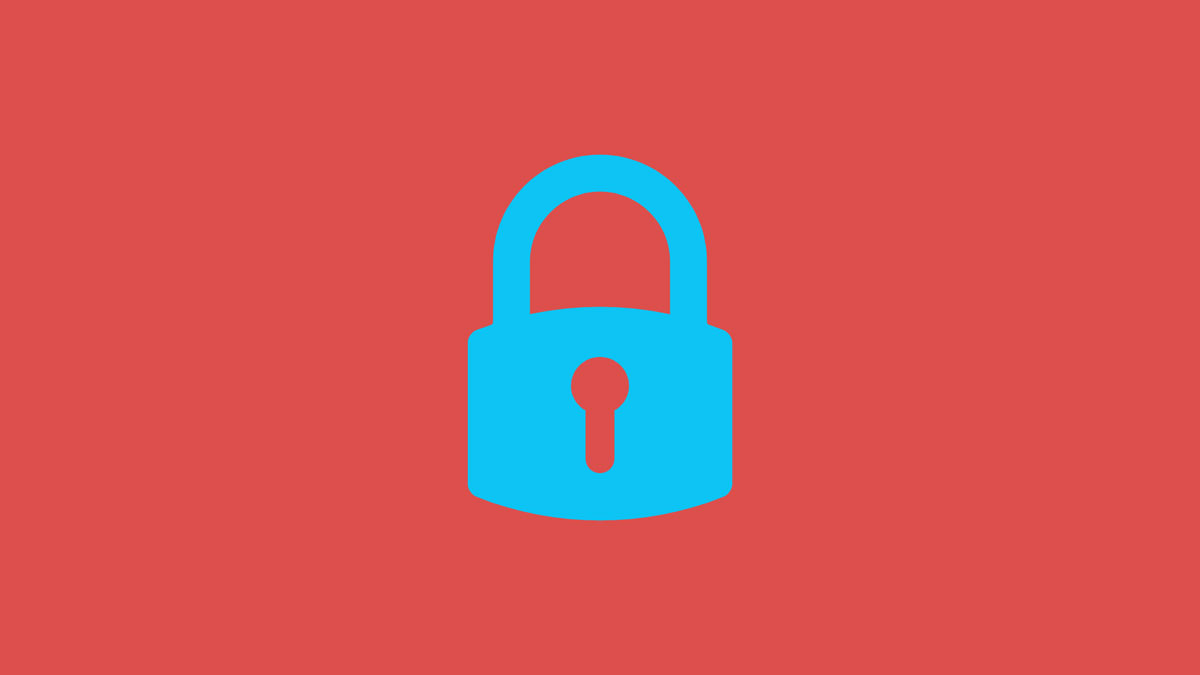For the last few years now, ransomware attacks have risen to become the most prominent of cyberattacks. Many companies, both large and small have fallen to it. This has led to the loss of millions of dollars and much more in your sensitive work and home data.
As technology has advanced and newer and better protection systems are produced, so have hackers. However, most ransomware attacks take advantage of the negligence or gullibility of the system user.
Every company that uses a computer is at risk of ransomware attacks. Therefore, we need to learn how to detect and identify them and keep them out of our systems and computers.
What Is the True Face of Ransomware?
When a ransomware attack occurs, cybercriminals steal your data or lock you out of your computer system until you pay a ransom. In return, you get a key to get past the encryption on the system.
Paying a ransom is not the best way to deal with ransomware attacks. It encourages criminals to keep attacking. A good practice is antivirus software coupons to protect your computer . This will help prevent attacks rather than try to recover from an attack.
Phishing techniques get computer users to click on dangerous links which then invite the ransomware into your system. These links can be accessed on e-mails that seem to have been sent by legitimate customers, suppliers, or colleagues.
Ransomware attacks cause adverse effects to the attacked entity. There will be confusion as you choose the best way to handle the situation. Your business is likely to lose trust with its customers. This leads to loss of revenue and low productivity.
Phishing and Ransomware Attacks
Phishing is the most successful ransomware attack technique used by cybercriminals. Phishing is a deceptive technique to make system users invite malware and ransomware into their system unknowingly.
Cybercriminals create personalized email content to an individual within a company. In the email is a link. Once this link is clicked on, it lets the ransomware into the system. Many times, these emails get past malware detection and spam detection software.
To achieve this, cybercriminals use corporate and business email that seem legitimate.
Phishing mainly occurs in two ways. Spear phishing, which involves creating an email to a specific person within an organization. This email seeks to acquire confidential information about the company or individual.
The other phishing method is known as whaling or CEO fraud. Cybercriminals impersonate senior officials of an organization and send emails authorizing the transfer of funds to given accounts. Usually, money is transferred to the cybercriminals’ accounts.
How to Prevent Ransomware Attacks?
Training Your Staff
The most common ransomware attack technique succeeds because of the ignorance of staff. Companies should train their staff regularly on basic cybersecurity techniques. Employees should be able to identify phishing techniques and not click on emails and links that are not familiar to them.
Use the Best Anti Ransomware Software
Every business system must have antivirus protection. It must protect the whole computer system and individual computers that make up the system. Make sure that your antivirus can detect and block ransomware attacks among other viruses. Keep your antivirus updated to protect you from recently developed viruses.
The best antivirus is coupled with malware detection software. It protects against phishing by flagging risky links, emails, and email attachments.
Update Your Operating System Regularly
Ransomware attacks take advantage of security vulnerabilities created by not updating your operating system and other software that you use. Network security managers must ensure that their software and operating systems are regularly updated. This helps remove loopholes that can be used by hackers and other malicious entities.
Have Multiple Backups for Your Data
When ransomware attacks occur, they block you from accessing your data until you have paid a ransom. If you back your data in the cloud or with offsite data backup providers, you can work on eliminating the threat of the ransomware. When that is done, restore your information from your back up. Multiple backup plans make sure that even if one backup center is compromised, you can use the other. You can back up your data with cloud backup providers and data centers.
Conclusion
Hackers keep on innovating new ways to compromise your computer networks and get paid. It is important to stay updated on every trick that they use. This will help you protect your computer systems from attack. Also, adopting antivirus software that detects and prevents malware attacks is a good strategy.
